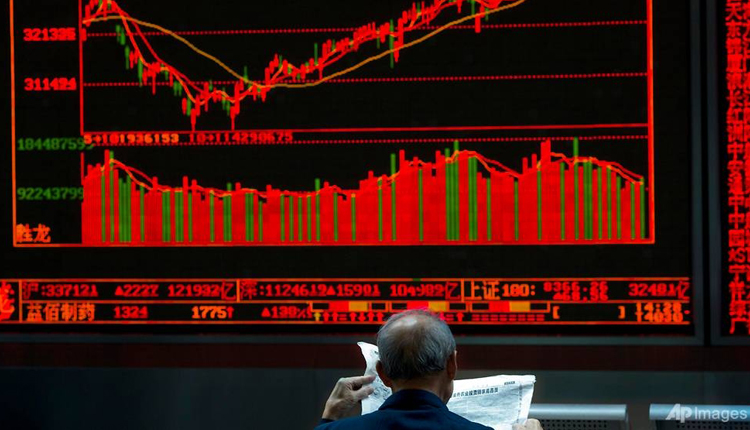Asia markets were largely negative on Wednesday, after Wall Street posted losses on its first trading day of the month, and as emerging markets sold off overnight.
Japan’s Nikkei 225 was down by 0.51 percent to close at 22,580.83, with its automakers in focus from concerns over the impact of a typhoon on their operations. Toyota ended the trading day lower by 0.77 percent while Nissan was down by 1.01 percent. Both the automakers had earlier told CNBC that, as of Tuesday night, the typhoon had no sustained impact on operations.
South Korea’s Kospi also closed lower by 1.03 percent at 2,291.77, with industry heavyweight Samsung Electronics shedding 2.2 percent.
In Australia, the ASX 200 continued the downward trend of the day by sliding 1 percent lower to close at 6,230.4.
Over in the Greater China region, Hong Kong’s Hang Seng index fell 2.33 percent as of 3:05 p.m. HK/SIN. The Shanghai composite closed lower around 2,704.34 after falling by 1.68 percent, while the Shenzhen composite also saw a similar loss of 1.605 percent to end the trading day at about 1,442.25.
In Asia, emerging currencies succumbed to a sell-off again on Tuesday, with currencies tumbling across the board — some to new record lows.
Over in the U.S., stocks on Wall Street posted Tuesday losses on their first trading day of September following the Labor Day holiday on Monday. The S&P 500 fell by 0.2 percent to close at 2,896.72 while the Nasdaq Composite also slid by 0.2 to 8,091.25. The Dow Jones Industrial Average lost 12.34 points to close at 25,952.48.
Later Wednesday, Canada is set to engage in further trade negotiations with the U.S. after the two sides failed to come to an agreement last week. Last Friday, U.S. President Donald Trump informed Congress of his desire to sign a trade a trade agreement with Mexico, and possibly Canada, in 90 days.
As investors watch out for Canada-U.S. negotiations this week, markets remained tuned to the ongoing U.S.-China trade war, with some economists suggesting Beijing might bid its time to react.
“China may follow a “wait and see” strategy in the next few months before the US midterm election is over in November,” said Deutsche Bank Research Chief Economist Zhiwei Zhang in a report.
“There is a good reason to follow such a strategy in our view: the trade war will likely become painful for the US soon as well,” he said.
The U.S. dollar index, which tracks the greenback against a basket of currencies, was at 95.534 as of 3:12 p.m. HK/SIN, recovering from its earlier losses but still off its high yesterday.
“This could be a good week for the U.S. dollar especially as the technical picture coincides with the fundamental one,” Kathy Lien, a managing director of foreign exchange strategy at BK Asset Management, said in a morning note, pointing to activity in the manufacturing sector “expanding at its fastest pace in 14 years.”
“The big dollar remains in the ascendancy from a triple whammy of more EM risk, this time from (South African rand) weakness, a new cycle high in the US ISM Manufacturing index for August and the uncertainty looming over the possible 25% tariffs on an additional $200 (billion) of Chinese imports into the US,” said David de Garis, a director of economics and markets at National Australia Bank, offering an alternative explanation for the greenback’s recent strength.
The Japanese yen was largely flat against the dollar at 111.44 yen. The Australian dollar, meanwhile, lost its earlier gains and was 0.1 percent lower against the greenback at $0.7170 as of 3:13 p.m. HK/SIN.
In oil markets, crude prices fell in the afternoon of Asian trade. The global benchmark Brent crude oil futures slipped 0.74 percent to $77.60 a barrel, U.S. crude futures fell by 1.04 percent at $69.14 a barrel. This follows a Reuters report that Saudi Arabia is aiming for oil prices of between $70 and $80 per barrel.
